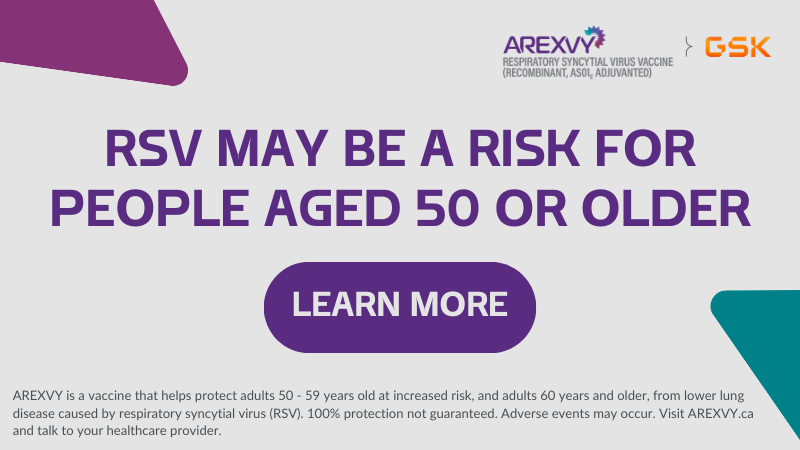The Facts
Agoraphobia, meaning "fear of the marketplace" in Greek, is a type of anxiety disorder. It's a condition where a person feels intensely anxious about being trapped in certain situations (i.e., public places or places where crowds gather) from which they can't easily escape or get help if they were to panic.
Movie theatres, long lineups in banks or stores, and buses or subways are examples of problem places for people with agoraphobia. They often end up avoiding these situations or only go with someone they feel "safe" with. In extreme cases, they may end up housebound, terrified to go anywhere in public.
Agoraphobia affects men and women almost equally, with 0.8% of men and 0.9% of women experiencing it in any given 12 month period. It disproportionally affects people with panic disorder: about one third of people with panic disorder also have agoraphobia.
Causes
In many cases, agoraphobia develops after a person has experienced a panic attack. This involves feelings of intense, overwhelming terror along with physical symptoms such as sweating, dizziness, a pounding heart, and shortness of breath.
Although panic attacks are unpredictable, the person learns to avoid the situation that seemed to trigger the episode for fear of having another one. Others may just feel uncomfortable in agoraphobic situations without ever having had, or going on to have, panic attacks. A few will go on to develop a complete panic disorder.
Symptoms and Complications
Agoraphobia can come on suddenly or develop gradually, typically between the ages of 18 and 35. It is rare for it to start after the age of 40. It's an emotional and physical reaction to being put into a specific situation that triggers fear. Symptoms include:
- strong feelings of panic, dread, terror, and horror
- recognizing that the anxiety is overblown, yet not being able to "talk yourself out of it"
- rapid heartbeat, shortness of breath, trembling, and an overwhelming urge to flee the situation – all physical reactions associated with extreme fear
- going to great lengths to avoid the situation that causes fear
Left untreated, agoraphobia tends to fluctuate in severity and can even disappear on its own. However, if the condition prevents you from working, socializing, or otherwise living a normal life, you should talk to a doctor to get the help you need.
Making the Diagnosis
As with most mental disorders, there are no blood tests or other "hard and fast" ways to diagnose agoraphobia. A doctor will ask many questions to find out whether you have the symptoms and signs of agoraphobia and to make sure that it isn't another mental health condition.
In order to be diagnosed with agoraphobia, a person must have fear or anxiety of at least 2 of the following situations:
- being in a crowd or standing in line
- using public transportation
- being in open spaces (e.g., marketplaces, parking lots, etc.)
- being in enclosed spaces such as a theatre
- being outside of the home alone
These symptoms must also be present for over 6 months, and must have a significant impact on quality of life.
Agoraphobia should be distinguished from social phobia (social anxiety disorder), where avoidance is limited to social situations due to fear of embarrassment – treatment interventions for social phobia are different from treatments for agoraphobia.
In addition, it's important to be sure that the anxiety or fear isn't being caused by a medication, drug abuse or addiction, or a medical condition. A doctor may refer someone to a psychiatrist or another therapist who specializes in recognizing and treating anxiety disorders, including agoraphobia.
Treatment and Prevention
Treatment of agoraphobia may include both psychotherapy and medication. Cognitive behavioural therapy (CBT), a type of psychotherapy, is an effective method to treat agoraphobia. CBT works to teach specific skills to help change your thoughts that are causing your condition. CBT may be delivered by a therapist individually or in a group setting, via self-help books or through the internet.
CBT may also involve exposure therapy. Exposure therapy works by encouraging patients to confront the situation they fear rather than avoid it. By deliberately staying in or imagining being in the circumstance that triggers a negative reaction, they gradually become used to it – this is called habituation – and their anxiety fades away as they realize nothing bad will happen to them.
Medicine, including antidepressants and anti-anxiety drugs, can be used to help manage the fear and anxiety from agoraphobia. They can be used alone or in combination with psychotherapy.
All material copyright MediResource Inc. 1996 – 2025. Terms and conditions of use. The contents herein are for informational purposes only. Always seek the advice of your physician or other qualified health provider with any questions you may have regarding a medical condition. Source: www.medbroadcast.com/condition/getcondition/Agoraphobia



